
9th Annual Midwest KM Symposium: Part 4 – Dan Ranta
KM expert Stan Garfield gives an overview of a presentation by KM expert Dan Ranta: Transforming Existing Communities; text analysis and SNA

KM expert Stan Garfield gives an overview of a presentation by KM expert Dan Ranta: Transforming Existing Communities; text analysis and SNA
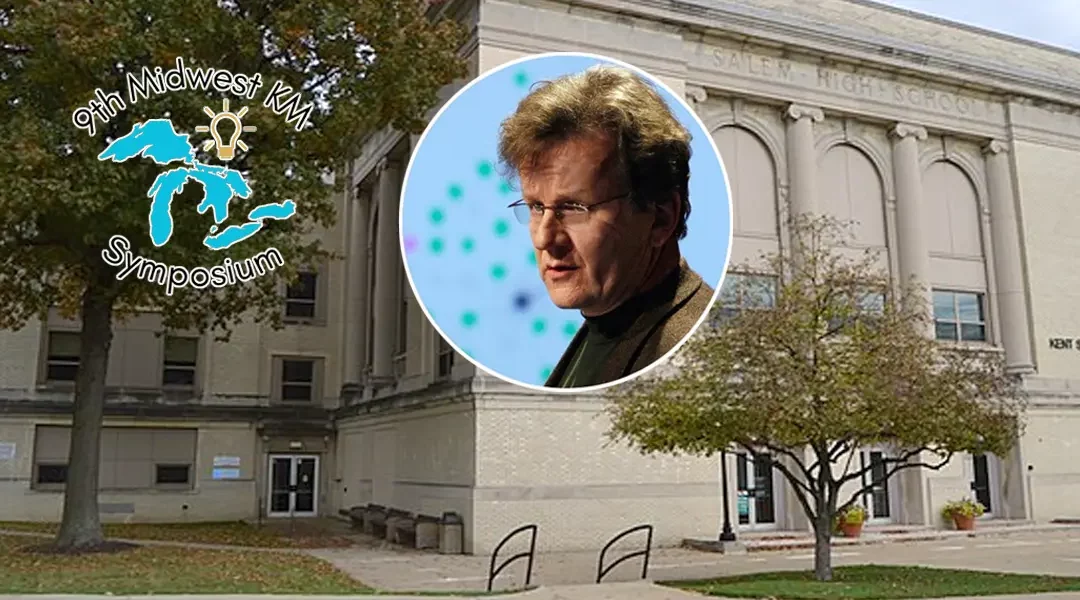
KM expert Stan Garfield gives an overview of a presentation by KM expert Valdis Krebs: Knowledge Serendipity – Networks, Conversations, and Interactions

KM expert Stan Garfield gives an overview of Zach Wahl’s presentation at the Midwest KM Symposium 2023: Making Knowledge Management Clickable

Combining knowledge management and customer experience design is an important step for making KM valuable within organizations.

KM thought leaders; Jessica Lipnack is an author, speaker, and editor who has written extensively about virtual teams.

KM expert Stan Garfield discusses actions for creating knowledge within an organization, from his book The 5 Cs of KM.

KM expert Stan Garfield discusses the 5 Cs of KM.

KM expert Stan Garfield discusses basics of ideas and whitepapers as building blocks and catalysts for knowledge creation, the last of the 5 Cs of KM.

Knowledge creation includes inventing concepts, approaches, methods, techniques, products, services, and ideas to benefit people and organizations.

KM thought leaders; Charlene Li specializes in disruption, digital transformation, leadership, customer experience and the future of work.
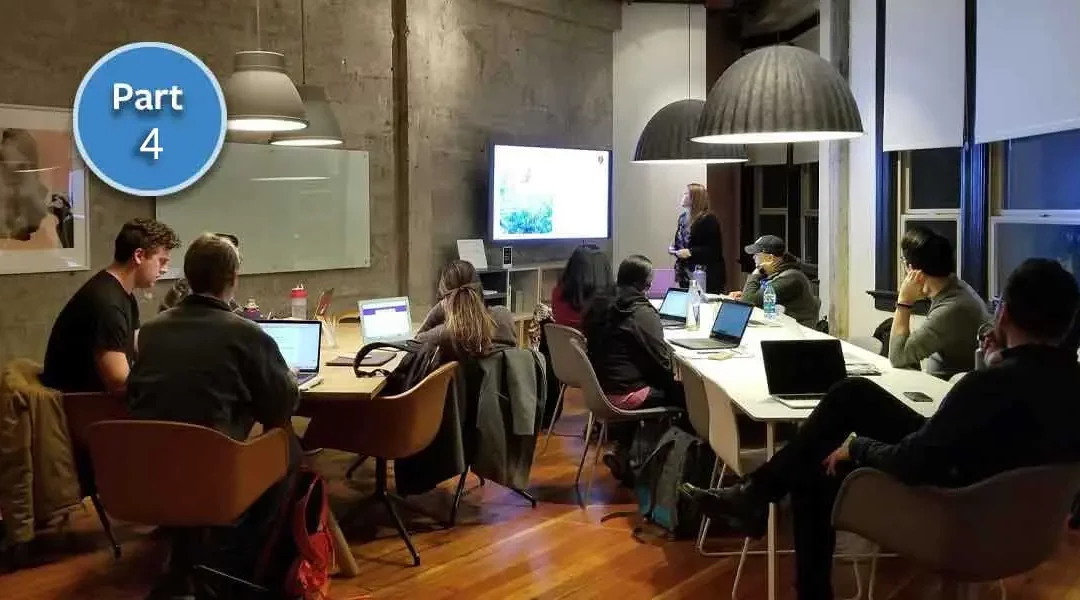
The goal of Working Out Loud (WOL) is to inform others about projects and to respond, learn, and apply the knowledge of others to their own work.
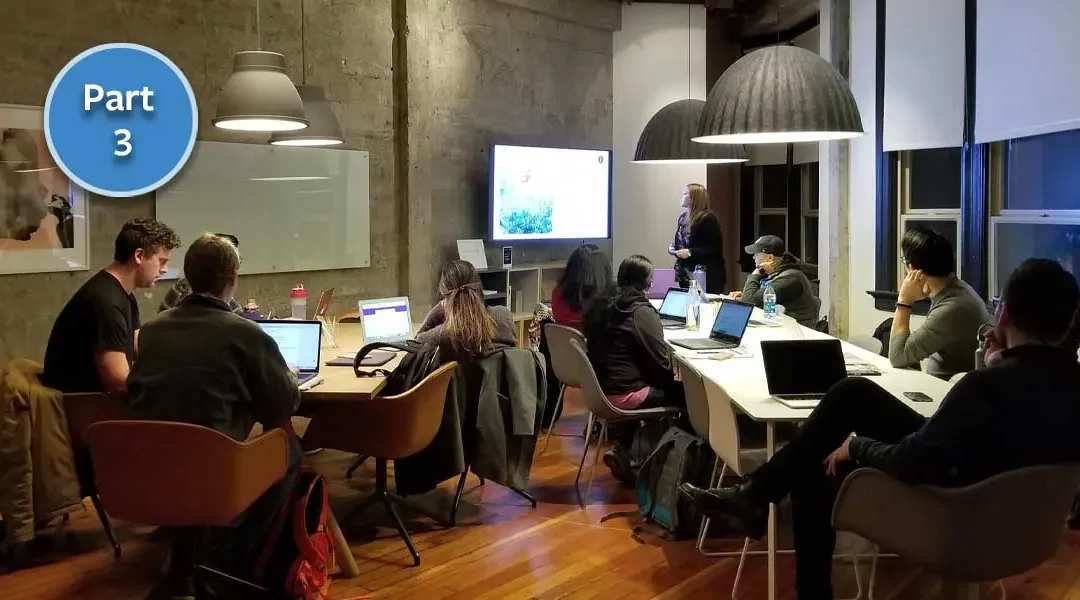
Review of tips, tools, and proven practices that enable and support productive community of practice collaboration in knowledge-intensive venues
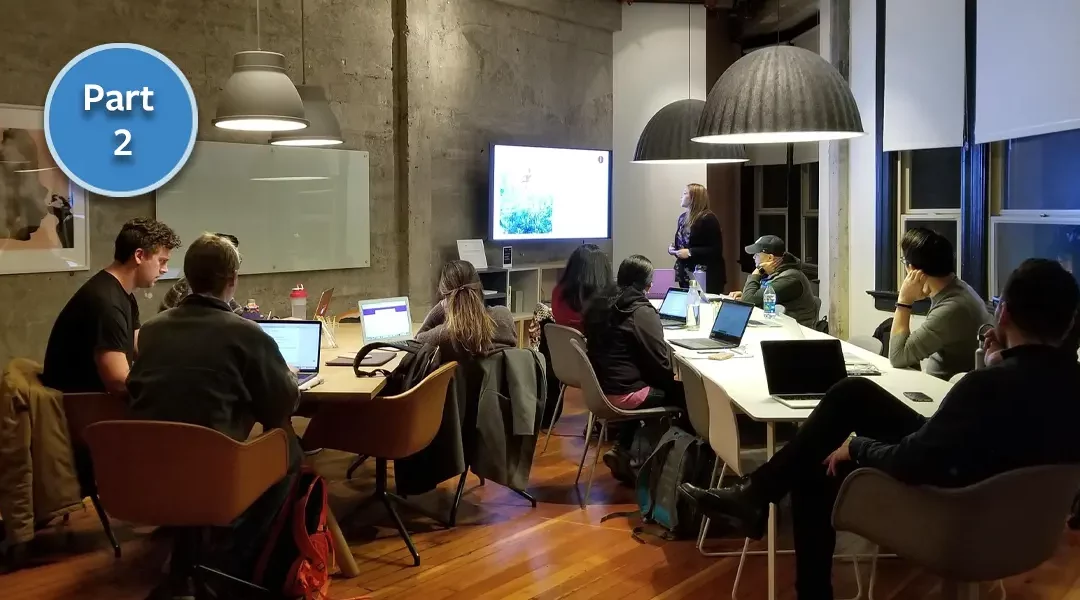
KM expert basics; collaboration as part of a team is important to a project-based approach. Certain tools make collaboration more efficient.
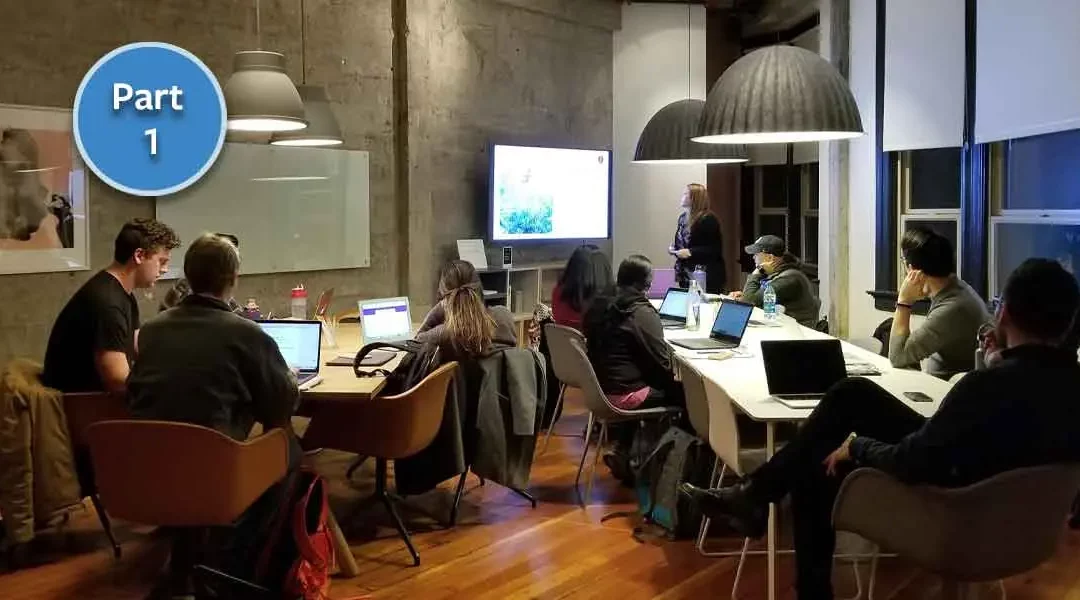
Knowledge managers should facilitate collaboration, helping peers and colleagues exchange ideas, share experiences, work together, and solve problems.

Connecting retirees, vendors, and others outside the firewall to certain websites or team sites enables collaboration, benefitting KM

Connecting content-to-content means ensuring that when users view one knowledge asset, they are able to see all related items.

There are 3 types of connection important for knowledge management: this post focuses on connecting people to content.

There are 3 types of connection important for knowledge management: people to people, people to content, and content to content.

Knowledge curators are custodians of organizational knowledge and knowledge bases, going beyond prior librarian and information specialist roles

Lucidea named to KMWorld’s 100 Companies That Matter in Knowledge Management, for pioneering solutions for knowledge-intensive clients

KM professionals should curate online threaded discussions (important components of any knowledge management program) for easy discovery by users

Knowledge managers, information specialists, and special librarians curate lists of frequently asked questions (FAQs) along with definitive answers.

In KM, curation is taking existing information and making it more useful: better organizing it, making it findable, and making it easier to use.

KM thought leaders; Dorothy Leonard specializes in knowledge transfer, innovation management, team creativity, assessment of knowledge assets

Capturing input involves getting feedback from the people you serve, including soliciting recommendations for KM improvements and capturing stories